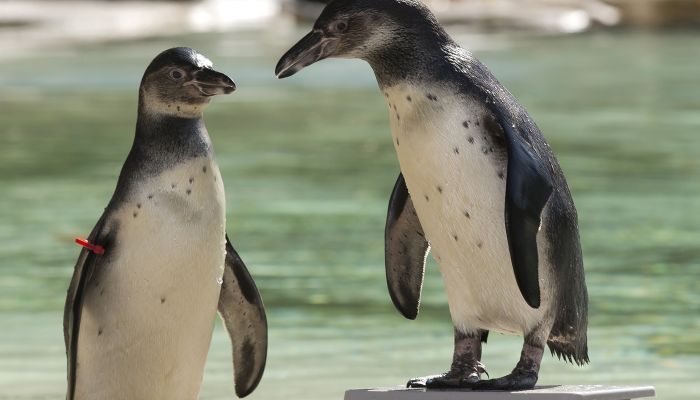The iconic Emperor penguins may see devastating decline in their populations by the end of this century, if projections for melting Antarctic sea ice are correct, a new study suggests.
Advertisement
Researchers said that the Emperor penguin should be listed as an endangered species, as the vanishing landscape due to climate change will strip the animals of their breeding and feeding grounds.
The study led by researchers at Woods Hole Oceanographic Institution (WHOI) in the US, found that the iconic animals will not be spared by moving to new locations like other species that migrate to escape the wrath of climate change.
Dispersal may help sustain global Emperor penguin populations for a limited time, but, as sea ice conditions continue to deteriorate, the 54 colonies that exist today will face devastating declines by the end of this century, researchers said.
"The prospects look grim at the end of 2100, with a projected global population decline as low as 40 per cent and up to 99 per cent over three generations," said Stephanie Jenouvrier, WHOI biologist.
"Given this outlook, we argue that the Emperor penguin is deserving of protection under the Endangered Species Act," said Jenouvrier, lead author of the study published in the journal Biological Conservation.
The relationship between Emperor penguins and sea ice is a fragile one: Too little sea ice reduces the availability of breeding sites and prey; too much sea ice means longer hunting trips for adults, which in turn means lower feeding rates for chicks.
To determine whether migration will ultimately help Emperor penguins defend against population decline, researchers developed a sophisticated demographic model of penguin colonies based on data collected at Pointe Geologie, one of the few places where long-term Emperor penguin studies have been conducted.
The model tracks the population connectivity between penguins as they take their chances moving to new habitats offering better sea ice conditions.
A range of model inputs were used, including penguin dispersal distance, behaviour and rate of migration. The model also factors in end-of-century sea ice forecasts from climate projection models to predict the fate of each colony.
According to Shaye Wolf, climate science director for the Centre for Biological Diversity, the new modelling technique is key to informing policy around "much-needed protections" for the Emperor penguin.
One surprising aspect of the study, according to Jenouvrier, was the wide range of penguin responses to various dispersal scenarios represented in the model.
In some cases, dispersal boosted populations whereas in other cases, it led to dramatic declines.
"We saw sustained populations through 2036, at which point there was an 'ecological rescue' that reversed the anticipated decline expected without dispersion for about a ten-year period," she said.
"During that time, the penguins made wise choices in terms of selecting the highest-quality habitat they could reach. But the 'rescue' was only short-lived, and started plummeting in 2046.
"When we averaged out all the scenarios, the model painted a very grim picture through 2100, regardless of how far penguins travelled or how wise their habitat selections were," said Jenouvrier.











